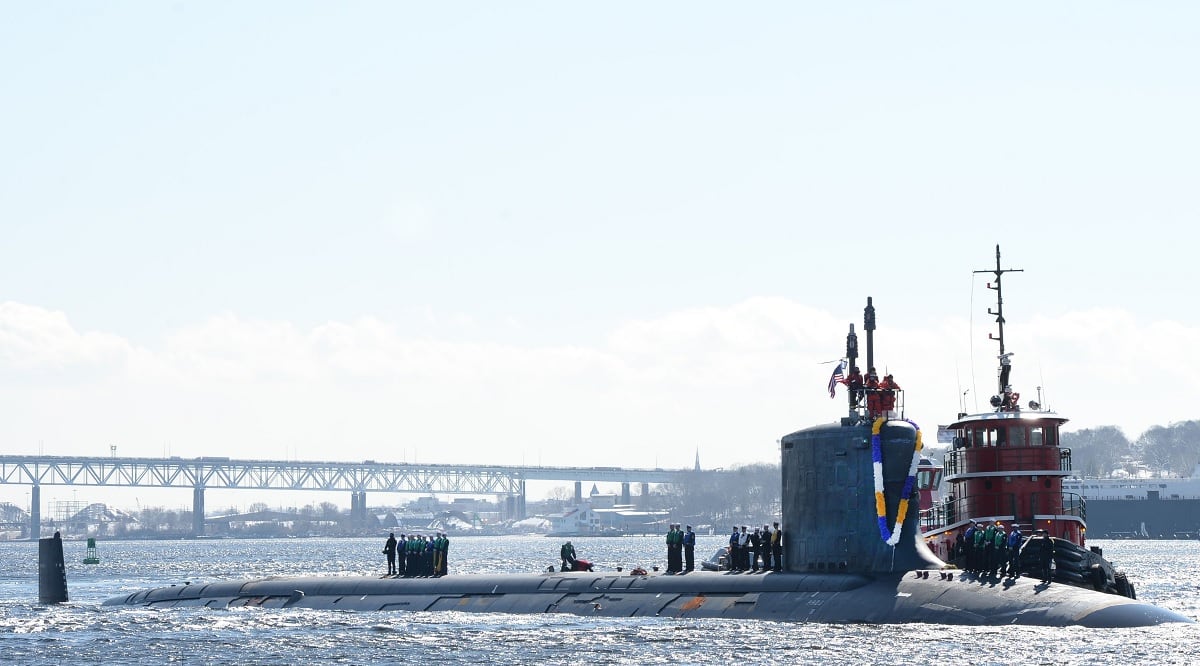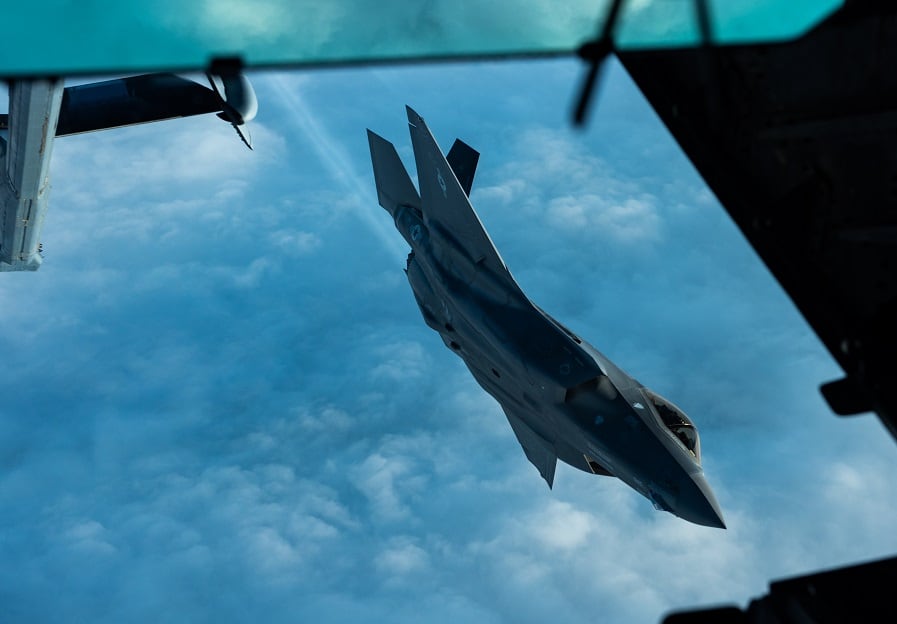COLOGNE, Germany — Naval forces worldwide are pushing the idea of anti-torpedo torpedoes, with varying success, aiming to translate the promises of missile defense technology into undersea warfare.
If it works, the threat to surface ships by enemy submarines could be significantly blunted, changing a trend in naval capabilities that has defense analysts increasingly worried.
Take the German Navy, for example, which has toyed with the so-called SeaSpider interceptor torpedo, made by the ThyssenKrupp Marine Systems subsidiary Atlas Elektronik. The company recently disclosed that the sea service’s ships and weapons lab, dubbed WTD71, installed a prototype of the system on a multipurpose vessel for a successful December 2017 intercept test off Germany’s Baltic Sea coast.
Following analysis of the data in 2018, Atlas said it was only now given government permission to publicize the event.
“The full ‘sensor to shooter’ functional chain of a hardkill surface ship torpedo defense system with torpedo detection, classification and localisation (TDCL) and the SeaSpider anti-torpedo-torpedo (ATT) has successfully been demonstrated on a surface ship,” the company claimed in a statement earlier this month.
The image of a missile defense system for underwater use may serve as an apt comparison to conceptualize the idea, but the laws of physics make for a very different environment under the sea. Most notably, the absence of radar detection removes the option of computing near-real-time flight paths needed so one missile can hit another.
Still, some governments believe it can be done. The Russian Navy, for example, is fielding the Paket-E/NK weapon, a dual-use torpedo that can be fired against submarines and incoming torpedoes. In Turkey, defense contractor Aselsan successfully tested the Tork hard-kill torpedo in a project supported by the Scientific and Technological Research Council of Turkey, the Hürriyet newspaper reported last fall.
In the United States, a similar project appears to have suffered a setback. According to the Pentagon chief weapons tester’s annual report covering 2018, the U.S. Navy last fall suspended the Surface Ship Torpedo Defense system that had been installed on aircraft carriers.
RELATED

Defense Department testers believed the components — a torpedo warning system and a countermeasure anti-torpedo — were too unreliable to warrant further work. The Navy plans to remove prototype equipment on its aircraft carriers during maintenance breaks between fiscal 2019 and fiscal 2023, according to the test report.
One of the key problems in building an anti-torpedo torpedo system lies in reducing false-alarm rates in characterizing objects as enemy torpedoes. Atlas Elektronik believes its SeaSpider can overcome that obstacle by combining signals from shipboard sensors with those picked up by the interceptor’s seeker.
“That's the main challenge,” SeaSpider project head Thorsten Bochentin told Defense News.
In addition, the company touts the low cost of its system. The assertion comes as the missile defense community looks for cheaper alternatives to pricey interceptors — directed energy, for example — to avoid being priced out of real-world operational utility against proliferating threats.
Assuming a cost of roughly $2 million for a lightweight Torpedo like the MU90, the SeaSpider is “easily within a low fraction of that,” Bochentin said.
The company also advertises the weapon’s utility in shallow waters, like those of the Baltic Sea, a key operating area of the German Navy wary of Russian maneuvers there. That is because the rocket motor quickly ignites after entering the water, compared to propulsion systems that have the weapon sink to a certain distance before forward thrust kicks in.
A spokesman for the German Navy declined to comment on the service’s anti-torpedo torpedo efforts, including whether any exist, citing a policy that says all talk about munitions is classified.
RELATED

According to Atlas Elektronik, the next step involves tests with the Navy’s WTD71 to deploy the SeaSpider from moving vessels. Additionally, engineers want to demonstrate its capability against wake-homing torpedoes, considered one of the most acute threats to surface ships against which there are few defenses.
The contractor wants to have a system ready to field by 2023 or 2024, regardless of whether the German government pushes the concept as a program of record. Bochentin said there are several navies that have lodged requests for information because they are ready to spend money on the technology.
What is still to come, he added, is a military operational doctrine for what has the potential to become a new way of warfare. Just like in missile defense, “we are aware that this technology will kick off the cycle of countermeasures and counter-countermeasures, and so on,” Bochentin said.
Atlas Elektronik has eyed Canada as a potential SeaSpider customer for some time. The company announced last week that it had tapped Mississauga, Ontario-based rocket motor maker Magellan Aerospace to advance development and eventual serial production on the other side of the Atlantic.
Sebastian Sprenger is associate editor for Europe at Defense News, reporting on the state of the defense market in the region, and on U.S.-Europe cooperation and multi-national investments in defense and global security. Previously he served as managing editor for Defense News. He is based in Cologne, Germany.








